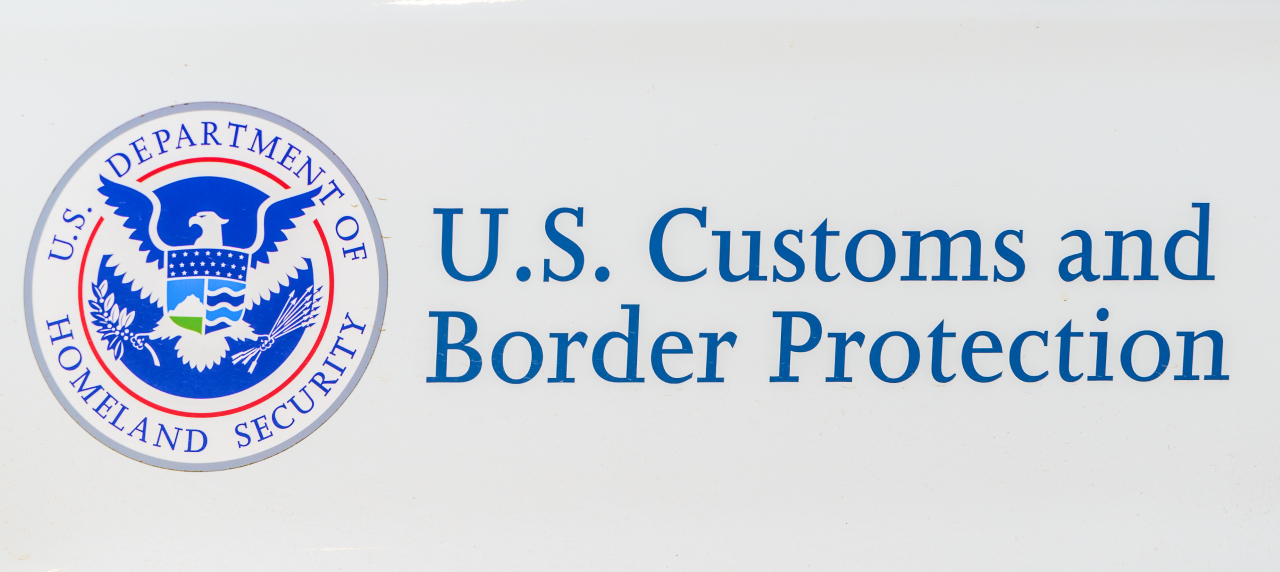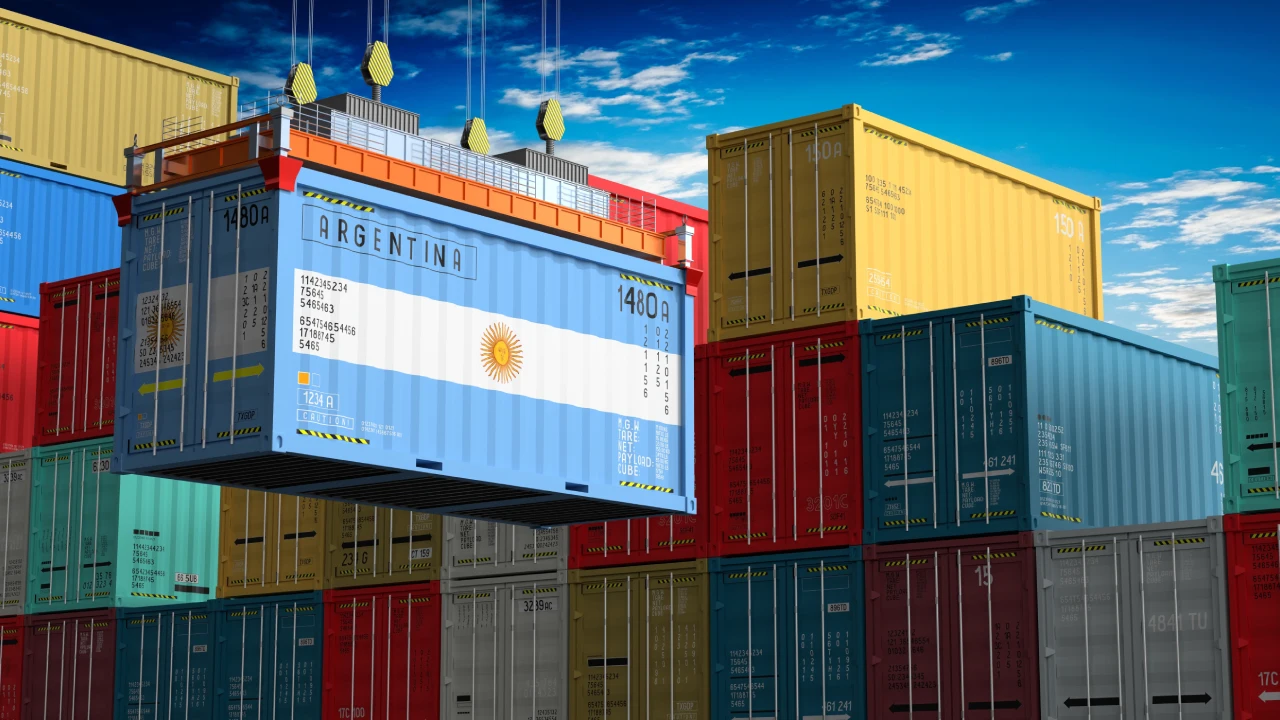
Expanding your business to the U.S. market or starting a new import business in the US is an exciting move. However, it is a complicated process, and navigating customs regulations without help can be exhausting. This guide is your one-stop resource for bringing commercial goods into the United States. We’ll walk you through each step ensuring a smooth and successful import experience.
What Is Import?
The act of importation refers to the movement of goods from a foreign country or region into a domestic one, typically undertaken for commercial purposes. This encompasses two primary scenarios:
- Resale of imported goods
- Business operational use
Importing Terms and Definitions

- Customs and Border Protection (CBP)
CBP is a government agency responsible for regulating international trade entering and exiting the United States. Their core functions include collecting import duties, enforcing U.S. trade regulations, and securing the nation’s borders - Customs Brokerage
This specialized service aids importers in navigating the complexities of international trade regulations and associated paperwork. Customs brokers assist with tasks such as filing import documentation, ensuring smooth customs clearance for imported goods, and facilitating duty payments. As an example, Atlantic Project Cargo provides customs brokerage services - Foreign Trade Zones (FTZs)
These areas within the United States function similarly to free trade zones. Legally considered outside U.S. customs territory, goods stored within an FTZ haven’t yet undergone formal customs clearance - Free Trade Agreements
These are international contracts between the US and other countries. FTAs typically reduce or eliminate tariffs (taxes) on imports, making them more attractive to US businesses and consumers. Additionally, FTAs may address non-tariff barriers like quotas and regulations, creating a smoother trading environment. The US has FTAs with many countries, including Canada, Mexico, South Korea, and Australia - Formal Entry
Commercial imports typically require this process with a declared value exceeding USD 2,500. Formal entries involve more detailed documentation and procedures - Harmonized Tariff Schedule (HTS) Codes
These are unique 10-digit codes assigned to classify imported goods. HTS codes are used by U.S. Customs and Border Protection (CBP) to determine the appropriate tariff rates for each specific product - Identification Number
The importer must provide a valid identification number for customs purposes. This can be either an Employer Identification Number (EIN) assigned by the IRS, a tax identification number, or a Social Security Number (SSN) for individual importers - Imported Merchandise
These are goods or products brought into the U.S. from another country, typically for resale. This broad category encompasses a wide range of items, from consumer electronics and textiles to foodstuffs - Importer of Record
This entity (individual or company) is legally responsible for all import documentation submitted to CBP. This includes product classification, duty payment, and fulfilling all other import obligations - Informal Entry
Informal clearance is generally used for goods valued below USD 2,500 intended for personal use and not considered commercial quantities. Informal entries involve less complex procedures - Tariff
Tariffs are essentially taxes levied on imported merchandise. The specific rate of duty is determined by the type of commodity being imported. Understanding Harmonized Tariff Schedule (HTS) codes is crucial for accurately determining the applicable tax and duty rates - Ultimate Consignee
From CBP’s perspective, this is the individual or company that ultimately purchases goods from an overseas supplier. The ultimate consignee can personally clear the goods through customs or appoint a customs broker to handle the process on their behalf
Recommendations From Atlantic Project Before You Start Importing to the US
Before starting the import process in the United States, we recommend exporters who are going to use customs brokerage services check if they have the following:
1. Customs invoice
- The customs invoice should detail all required information, including
- A thorough description of each item
- The quantity of units/pieces (with accompanying units of measure)
- The declared value of each item
- The country of manufacture for each item
- The applicable Harmonized Tariff Schedule (HTS) classification code for each item
2. Clear and consistent invoice
Ensure the information on the commercial invoice is presented in a legible and well-organized manner, with data aligned within columns.
3. Packing list
It is highly recommended to include an accompanying packing list that details the contents of the shipment.
4. Marking and numbering
Each package within the shipment should be clearly marked with numbers and codes that correspond to the information on the invoice. This facilitates the identification of specific items by customs officials if necessary.
5. Compliance with regulatory agencies
Ensure that both the product itself and all accompanying documentation comply with any specific requirements outlined by relevant government agencies.
Atlantic Project Cargo can assist with preparing and checking all the necessary documentation, HTS, compliance, and much more. Additionally, you can calculate import duty in a matter of minutes.
What Are the U.S. Import Requirements?
The United States Customs and Border Protection (CBP) establishes mandatory requirements for entry of goods into the United States.
Importer Number
An Importer Number, obtainable through the Internal Revenue Service (IRS), is mandatory for all formal entries. This number must be included in all import documentation.
Import Licenses
In general, an import license is not mandatory. However, specific government agencies may require special permits for certain items such as plants, animals, dairy products, and medications.
Import Approvals and Certifications
The majority of goods do not need prior approval or certification by the U.S. government for import. However, exceptions exist.
Restricted Goods
Goods subject to restrictions and controls by multiple federal agencies (e.g., food, animal products, medical devices, firearms) may require an import license or permit from the relevant regulatory agency.
Government Licenses and Permits
Certain goods may necessitate an import license or permit from a specific government agency for entry into the United States (e.g., imports of agricultural products may require a permit from the United States Department of Agriculture (USDA)).
Compliant Imports
Specific goods imported into the United States must comply with standards enforced by CBP and other federal agencies, such as:
- Food and Drug Administration (FDA) for food, drugs, and cosmetics
- Department of Transportation (DOT) for motor vehicles
- Environmental Protection Agency (EPA) for pesticides
- Consumer Product Safety Commission (CPSC) for consumer products
Types of Requirements
Importers can expect to encounter two primary categories of requirements: administrative and operational.
Administrative Requirements
These requirements relate to the procedures for filing entry documents, payment of duties, taxes, and fees, obtaining duty refunds, and designation of authorized agents.
Operational Requirements
These requirements focus on the goods themselves, including their value, classification, country of origin, and other relevant details.
While CBP clearly defines administrative requirements, a comprehensive list of operational requirements does not exist. We advise you to consult with Atlantic Project Cargo for guidance on operational requirements, as attempting to create such a list independently would be highly challenging.
Steps to Import in the USA

Successfully navigating the import process into the United States requires following a series of essential steps. Here’s a breakdown of the key stages involved:
1. Research and Product Selection
Identify your product, determine the specific goods you intend to import, and research their marketability within the U.S.
Ensure the product complies with U.S. regulations and safety standards set by relevant government agencies. As we mentioned before, certain items require special permits for import.
2. Supplier Sourcing and Communication
Find and establish a relationship with a reputable overseas supplier who can provide the goods you require.
Moreover, negotiate pricing, payment terms, and INCOTERMS that clearly define responsibilities for shipping and insurance. You can read more about it in our article “SHIPPING INCOTERMS: A COMPREHENSIVE GUIDE TO HOW THEY ARE USED”.
3. Import Classification and Duties
Identify the appropriate Harmonized Tariff Schedule (HTS) code for your product. This 10-digit code determines the applicable import duty rate.
Research and calculate the estimated import duties and taxes payable to U.S. Customs and Border Protection (CBP).
4. Import Documentation and Licensing
Obtain an Importer Number from the IRS if have a formal entry. This number is required on all import paperwork.
Prepare a detailed commercial invoice, packing list, bill of lading, and additional permits if needed.
5. Shipping and Logistics
Organize international freight forwarding with a reputable carrier, considering factors like cost, transit time, and insurance coverage.
6. Customs Clearance and Entry
Determine whether a formal or informal entry process is applicable based on your goods’ value and purpose (commercial vs. personal).
Atlantic Project Cargo can assist with navigating customs regulations, paperwork, and duty payments.
7. Delivery and Payment
Your goods will undergo inspection by CBP. Once cleared, they will be released for domestic delivery. Finalize any outstanding freight and duty payments upon delivery.
Additional Considerations
Secure necessary financing to cover import costs, including product purchase, shipping, duties, and potential storage fees. Also, we suggest obtaining appropriate cargo insurance to protect your goods during international transport.
By following these steps and conducting thorough research, you can streamline the import process and ensure a smooth entry of your goods into the United States.
Customs Clearance Guide

Download your copy today and: • Navigate customs with confidence • Save time and money • Stay compliant
Stop the guesswork, start streamlining your imports and exports. Download your free guide now!
Download nowImpact of Foreign Trade Zones and Foreign Trade Agreements
Both FTAs and FTZs play a significant role in shaping US imports:
- Increased Volume
By lowering costs, FTAs and FTZs incentivize businesses to import more goods. This can lead to a wider variety of products available to US consumers and businesses - Shifting Sources
FTAs can influence where imports come from. If a trade agreement creates a significant advantage for a particular country, imports from that nation might rise - Job Creation
FTZs can also create jobs in areas like logistics and assembly within the zones themselves
Experts of Atlantic Project Cargo can assist with navigation in FTZs and FTAs. Contact us today to get assistance with the import of goods in the US.
Conclusion
Importing commercial goods into the US can be a rewarding venture, but it requires careful planning and adherence to regulations. This guide has equipped you with a comprehensive understanding of the import process, from selecting your product to navigating customs clearance.
By following the outlined steps, familiarizing yourself with essential terminology, and partnering with Atlantic Project Cargo, you can ensure a smooth and successful import experience.
Read More


